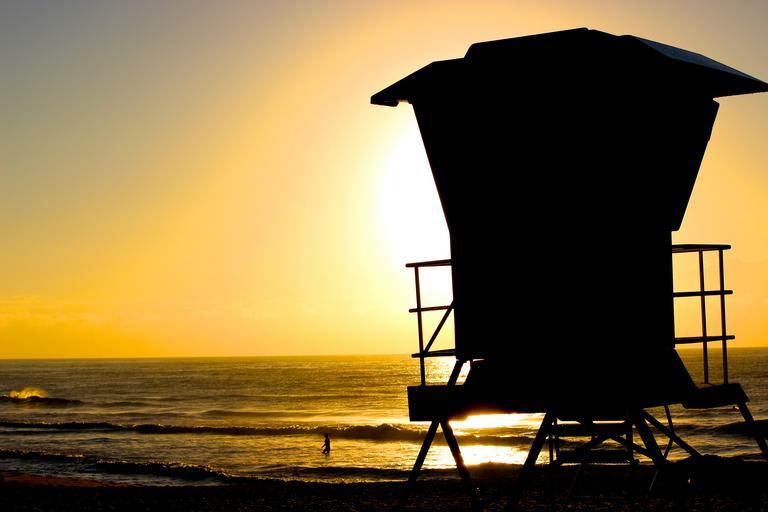Introduction
In a world where visual storytelling rules supreme, the merging of visual photography and interior decoration offers a captivating lens through which to explore our environments. Both disciplines share an intrinsic connection: they are kinds of expression that shape our experiences and perceptions. In this article, we will look into The Intersection of Visual Photography and Interior Design, analyzing how they enhance one another, influence trends, and act as effective tools for self-expression.
The Crossway of Visual Photography and Interior Design
Aesthetic photography is more than just recording gorgeous images; it's about conveying feelings, concepts, and stories through visual methods. When incorporated with interior decoration, this art kind can quickly transform a space's ambiance. By using photography to highlight style elements-- like color palettes, textures, and designs-- designers can stimulate feelings that resonate with viewers.
Understanding Visual Photography
What is Aesthetic Photography?
Visual photography focuses on creating aesthetically pleasing images that capture beauty in numerous kinds. This genre incorporates everything from landscapes to abstract portraits. It seeks to evoke feeling and provoke thought by presenting topics in an unique light.
- Characteristics of Visual Photography Harmonious color schemes Thoughtful composition Attention to detail Emotional resonance
Exploring Self-Portrait Photography
Self-portrait photography is an intimate exploration of identity through the lens. It allows artists to reveal their ideas, feelings, and personal narratives while engaging with their environment.
The Role of Self-Expression in Art
This category emphasizes self-expression, frequently showing the artist's inner world. As people navigate their identities through visual storytelling, they develop pieces that resonate deeply with not just themselves but likewise their audience.
Techniques in Self-Portrait Photography
Lighting: Utilizing natural or artificial light to improve mood. Angles: Explore various angles for dramatic effect. Props: Integrating items that hold personal significance.Contemplative Photography: Capturing Moments
Contemplative photography welcomes audiences to pause and show. It encourages mindfulness by abstract art for wall decor permitting people to value the beauty found in daily moments.
How Does Contemplative Photography Relate to Interior Design?
Both practices have the power to instill tranquility and mindfulness within areas. Simply as reflective photography captures fleeting moments that stimulate reflection, thoughtful interior decoration produces environments conducive to contemplation.

Portrait Designs in Visual Photography
When going over visual photography's intersection with interior design, it's important to check out various portrait styles:
Traditional Portraits vs. Abstract Portraits
- Traditional Portraits: Concentrate on clear representation. Abstract Portraits: Stress kind over realism; these can be especially striking when displayed within a created space.
Both designs can serve as focal points in interior environments, enhancing visual interest while communicating much deeper meanings connected to identity in art.
Faceless Portraits: Privacy as Expression
Faceless portraits remove away uniqueness frequently found in standard portraiture. This style can evoke sensations of universality; it speaks not almost one person however humankind at large.
Using Faceless Portraits in Interior Spaces
Incorporating faceless pictures into interiors can provide an air of mystery while fostering connection amongst viewers who may see themselves shown within the privacy of the subject.
Identity in Art: How Aesthetic Photography Shapes Perception
Aesthetic photography plays a vital function in forming perceptions around identity. By showcasing varied representations through imagery, artists can challenge standards while promoting inclusivity.
Influencing Patterns Through Visual Representation
As social values move towards higher inclusivity, aesthetic photographers are at the forefront of affecting trends within both art and interior design by accepting different identities in their work.
Fine Art Photography Meets Interior Design
Fine art photography goes beyond mere decoration; it ends up being an essential part of a space's narrative. Incorporating fine art pieces into interiors not just enhances aesthetics but also stimulates discussions among viewers.
Choosing Art for Your Space
When picking fine art photographs for your office or home:
Consider the style you want to convey. Ensure colors line up with your existing palette. Think about scale; larger pieces can control smaller spaces effectively while smaller sized works add subtlety to extensive areas.FAQs
1. What is visual photography?
Aesthetic photography focuses on capturing charm through unified compositions and emotional resonance instead of simple documentation.
2. How does self-portrait photography add to self-expression?
Self-portrait photography permits individuals to explore their identities artistically, exposing individual stories and emotions through visual narratives.
3. What are some popular designs within visual photography?
Popular designs consist of conventional portraits, abstract portraits, faceless portraits, and contemplative imagery-- all contributing distinctively to visual storytelling.
4. How can I utilize visual photography in my home decor?
Incorporate framed photographs that resonate with you personally or represent themes you worth; consider mixing sizes for visual interest on gallery walls!
5. Is there a distinction between fine art photography and standard photography?
Yes! Fine art photography prioritizes artistic intent over industrial energy-- it concentrates on communicating emotions or ideas rather than merely recording truth accurately.
6. Can reflective photography be used efficiently in design?
Absolutely! Reflective imagery promotes mindfulness-- integrating such visuals into your space motivates relaxation while enhancing its general aesthetic appeal!
Conclusion
The relationship between aesthetic photography and interior design is rich with possibilities for self-expression and imagination. By comprehending how these two disciplines converge-- through designs like self-portraiture or strategies such as reflective imaging-- we can appreciate how they inform one another profoundly.
Whether you're an artist wanting to display your work or a designer aiming for deeper emotional connections within your areas, embracing these intersections will lead you toward ingenious expressions that resonate on several levels-- both personally and publicly alike! So go ahead-- explore this intersection further!